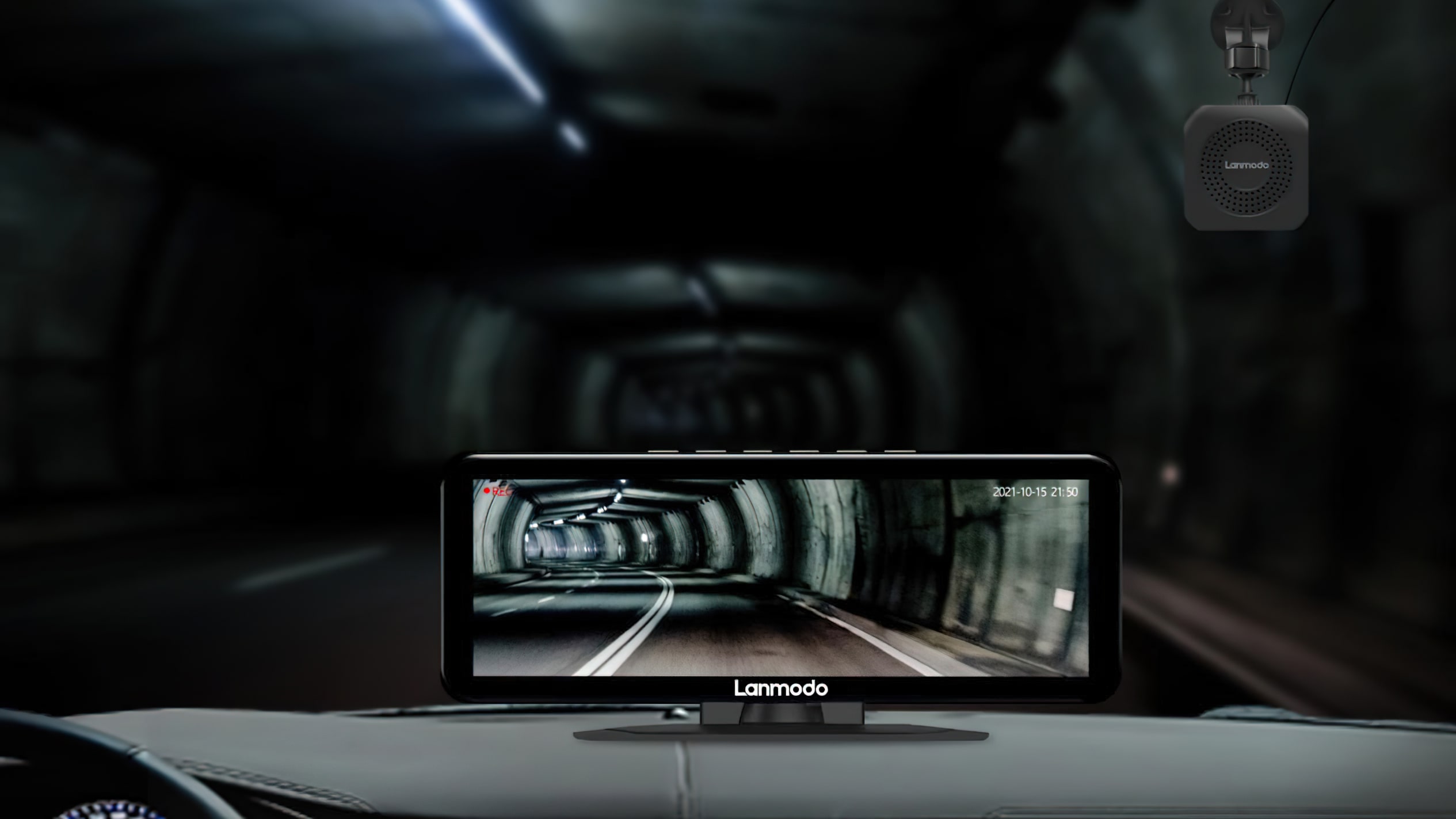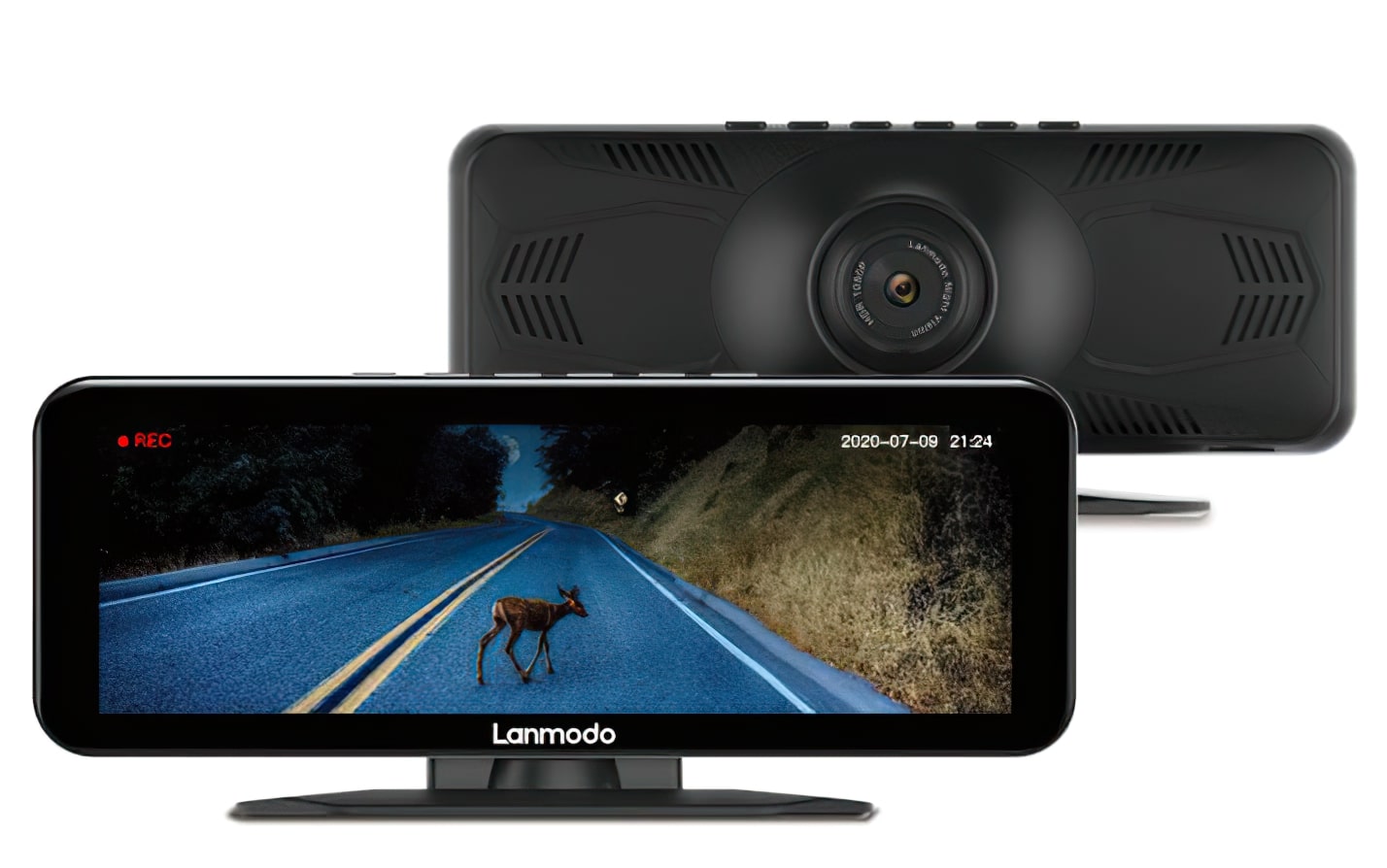
Ever since Nvidia launched G-Sync in 2013, the one option to reap the benefits of their tremendous clean, variable refresh fee tech was to purchase a devoted (and quite costly) Nvidia G-Sync gaming monitor. Now, nevertheless, Nvidia have launched their G-Sync Compatible customary in order that Nvidia graphics card homeowners with cheaper AMD FreeSync screens can nonetheless get a cut-down model of G-Sync with out having to improve their gaming display and fork out for the dreaded G-Sync tax.
While all FreeSync screens are technically G-Sync suitable (with a small ‘c’), Nvidia even have their very own checklist of official G-Sync Compatible screens (with a giant ‘C’). These present the perfect G-Sync Compatible monitor expertise, and have all been examined and verified by Nvidia themselves. So right here’s an entire checklist of each G-Sync Compatible display they’ve confirmed to this point, in addition to methods to allow G-Sync on any FreeSync monitor so you may strive it out for your self.
G-Sync Compatible screens:
When Nvidia first introduced their G-Sync Compatible customary, solely 12 screens out of the 400-odd FreeSync screens they examined truly handed their rigorous certification course of.
Thankfully, that quantity continues to develop with each passing month, nevertheless it’s nonetheless a comparatively small pool to select from for those who’re fascinated by shopping for a G-Sync Compatible monitor for your self. I’ll preserve this checklist updated with extra screens as and after they’re introduced, however for now, right here’s a listing of each confirmed G-Sync Compatible monitor accessible immediately:
| Monitor | Size | Resolution | Panel Type | Variable Refresh Rate Range |
|---|---|---|---|---|
| Acer ED273A | 27in | 1920×1080 | VA | 48-144Hz |
| Acer KG271 | 27in | 1920×1080 | TN | 48-240Hz |
| Acer XF240H | 24in | 1920×1080 | TN | 48-144Hz |
| Acer XF250QC | 25in | 1920×1080 | TN | 48-240Hz |
| Acer XF270H | 27in | 1920×1080 | TN | 48-144Hz |
| Acer XFA240 | 24in | 1920×1080 | TN | 48-144Hz |
| Acer XG270HU | 27in | 2560×1440 | TN | 40-144Hz |
| Acer XV273Ok | 27in | 3840×2160 | IPS | 48-120Hz |
| Acer XZ321Q | 32in | 1920×1080 | VA | 48-144Hz |
| AOC Agon AG241QG4 | 24in | 2560×1440 | TN | 30-144Hz |
| AOC G2590FX | 24in | 1920×1080 | TN | 30-144Hz |
| Aopen 27HC1R | 27in | 1920×1080 | VA | 48-144Hz |
| Asus MG278Q | 27in | 2560×1440 | TN | 40-144Hz |
| Asus VG248QG | 24in | 1920×1080 | TN | 48-144Hz |
| Asus VG258Q | 25in | 1920×1080 | TN | 40-144Hz |
| Asus VG258QR | 25in | 1920×1080 | TN | 40-165Hz |
| Asus VG278Q | 27in | 1920×1080 | TN | 40-144Hz |
| Asus VG278QR | 27in | 1920×1080 | TN | 40-165Hz |
| Asus XG248Q | 24in | 1920×1080 | TN | 48-240Hz |
| Asus XG258Q | 25in | 1920×1080 | TN | 48-240Hz |
| BenQ XL2540 | 25in | 1920×1080 | TN | 48-240Hz |
| BenQ XL2740 | 27in | 1920×1080 | TN | 48-240Hz |
| Dell S2419HGF | 24in | 1920×1080 | TN | 48-240Hz |
| Gigabyte AD27QD | 27ni | 2560×1440 | IPS | 48-144Hz |
| HP 25X | 25in | 1920×1080 | TN | 48-144Hz |
| HP 25MX | 25in | 1920×1080 | TN | 48-144Hz |
| HP Omen X 25F | 25in | 1920×1080 | TN | 48-240Hz |
| LG 27GK750FB | 27in | 1920×1080 | TN | 48-240Hz |
| LG 27GL850 | 27in | 2560×1440 | IPS | 48-144Hz |
| Samsung CRG5 | 27in | 1920×1080 | VA | 48-240Hz |
Other G-Sync suitable screens
As I discussed earlier, the screens listed above are solely people who Nvidia themselves have deemed worthy of an official G-Sync Compatible badge. However, there are many different FreeSync screens on the market that also give an honest G-Sync expertise (or at the very least one which doesn’t contain any blanking, pulsing, flickering or different visible defects that may typically be current on some FreeSync screens), even when they’re not fairly worthy of a giant ‘C’ Compatible sticker – such because the screens listed under that I’ve examined myself proper right here on the RPS Treehouse. Again, it’s not a really huge checklist proper now (Nvidia solely launched their G-Sync Compatible driver in January 2019), however I’ll be including extra FreeSync screens to this checklist as and once I get them in for testing.
How to allow G-Sync on a FreeSync monitor
If you personal a FreeSync monitor and an Nvidia GeForce GTX 10-series graphics card upwards (yer GTX 1050s and above and many others) and wish to check out G-Sync for your self, then it’s surprisingly simple to allow G-Sync in your FreeSync monitor.
First of all, you’ll want to ensure FreeSync is enabled in your monitor. Not all FreeSync screens have FreeSync enabled by default, so that you’ll most likely need to root round in your monitor’s menu settings a bit (the placement will differ by monitor producer) to ensure it’s switched on.
Next, you’ll must be sure you’ve acquired the newest Nvidia GeForce driver put in. You can both obtain it from Nvidia’s wesbite here, or open your GeForce Experience app and replace it that means as per the picture above.
Once your show driver’s updated, the subsequent step is to open up your Nvidia Control Panel by right-clicking anyplace in your desktop. On the left hand facet within the tree of Display settings (see under and click on to enlarge), it’s best to see a ‘Set up G-Sync’ possibility. Click that and Nvidia’s G-Sync menu will seem on the correct.
Tick the ‘Enable G-Sync, G-Sync Compatible’ field up the highest, and determine whether or not you allow it for simply fullscreen or fullscreen and windowed mode. Once you’ve picked a kind of two settings, then you definately’ll must tick the ‘Enable settings for the selected display model’ field under.
And that’s it! Don’t fear an excessive amount of in regards to the little message that claims ‘Selected Display is not validated as G-Sync Compatible’. That’s simply alerting you that the monitor isn’t one among Nvidia’s official G-Sync Compatible screens, so your G-Sync expertise is probably not absolutely the bestest greatest accessible.
Of course, for those who don’t find yourself liking your monitor’s G-Sync expertise (for those who discover there’s flickering, pulsing or blanking, or one thing else that isn’t as much as scratch), turning it off is solely a matter of unticking these bins I’ve simply described in your Nvidia Control Panel, or switching off your monitor’s FreeSync possibility.





